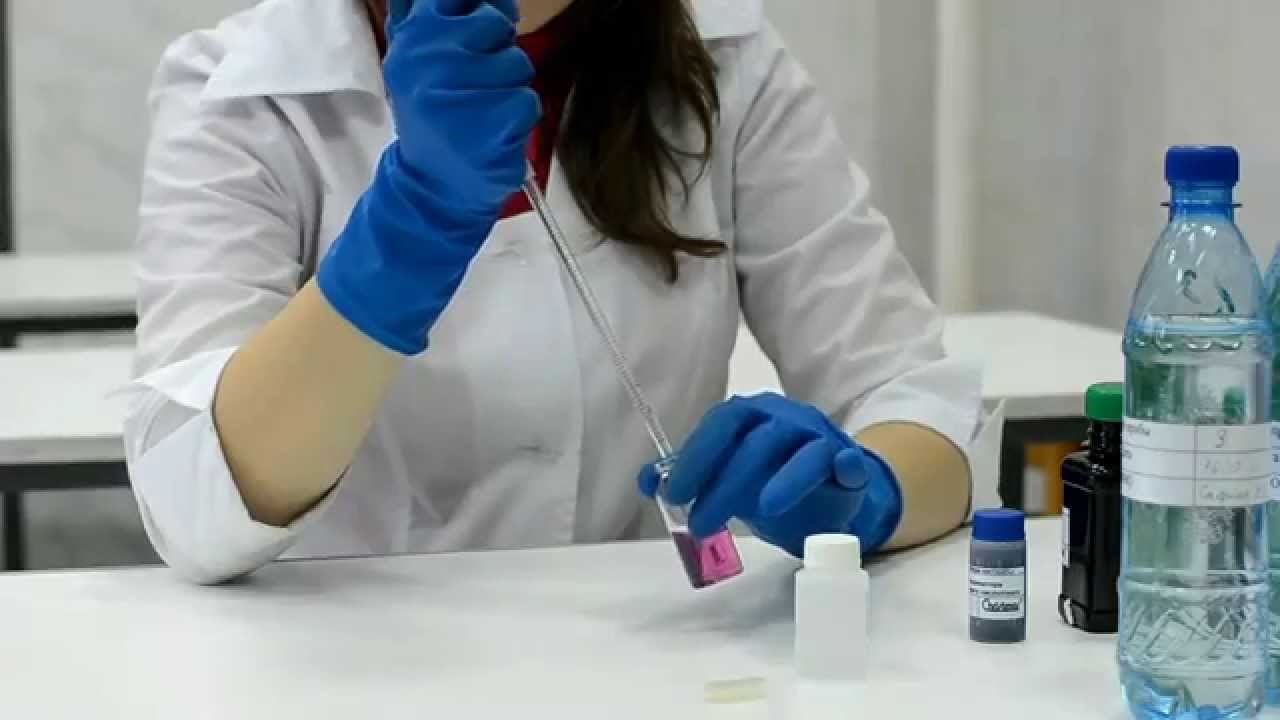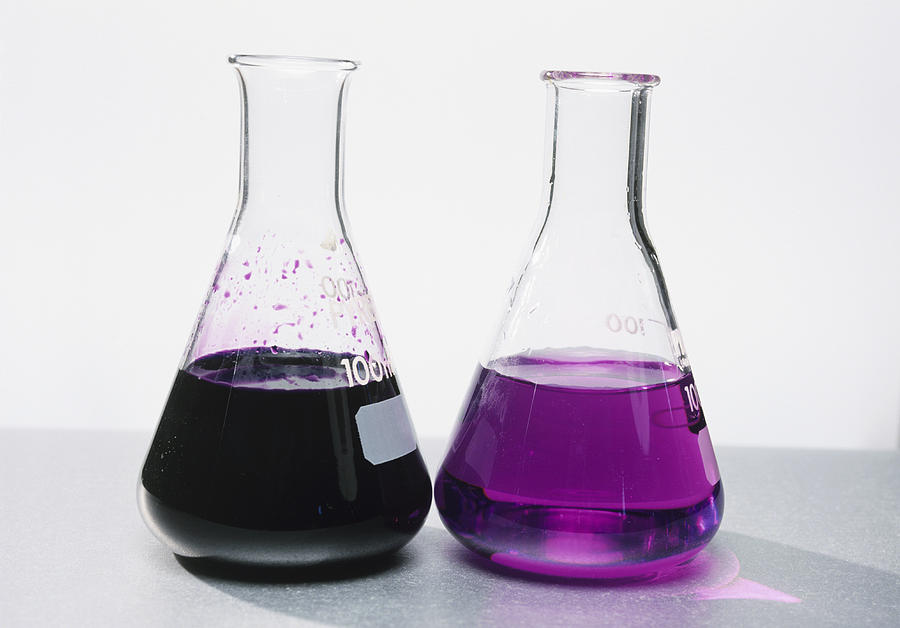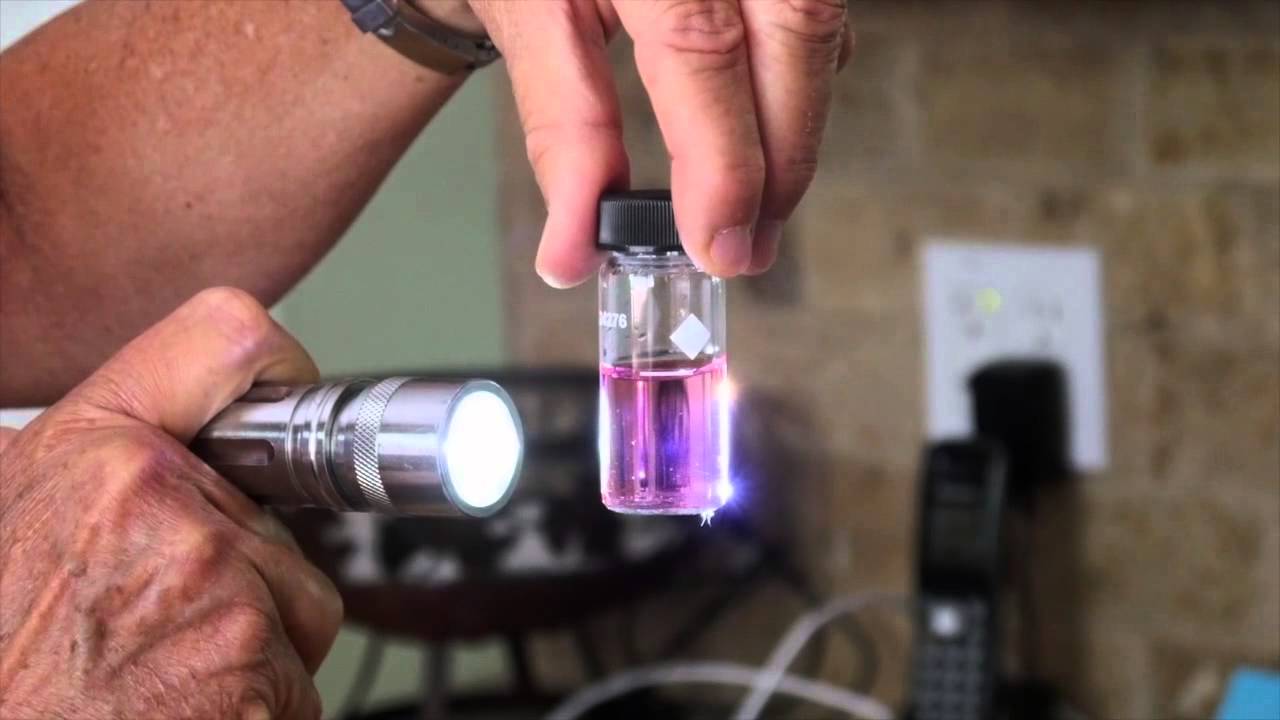
What is potassium permanganate titration
The potassium permanganate method is a titration analysis method with potassium permanganate (KMnO4) as the titrant. As potassium permanganate is a strong oxidant, it can not only be used to directly titrate Fe(Ⅱ), As(Ⅲ), Sb(Ⅲ), H2O2, C2O4, NO2 and other reducing substances (including many organic compounds) It can also indirectly determine the metal ions that can be quantitatively precipitated as oxalate with C2O4, so the potassium permanganate method is widely used. KMnO4 itself is purple, in acidic solution, it is reduced to Mn2+ (almost colorless), no additional indicator is needed for titration. Its mainThe disadvantage is that the reagent contains a small amount of impurities, the standard solution is not stable enough, the reaction process is complicated, and side reactions are often accompanied. Therefore, the conditions should be strictly controlled during titration. After the calibrated KMnO4 solution is placed for a period of time, it should be recalibrated.
The oxidizing ability of MnO4 is related to the acidity of the solution. In a strong acid solution, KMnO4 is reduced to Mn2, and its half reaction formula is
MnO4- +8H++5e-⇌Mn2++4H2O
The half-reaction formula in slightly acidic, neutral or weakly alkaline solutions is
MnO4- +2H2O+3e-⇌MnO2+4OH-
After the reaction, brown MnO2 is formed, which hinders the observation of the end point. In a strong alkaline solution (the concentration of NaOH is greater than 2mol/L), many organic compounds react with MnO4, and the half reaction formula is
MnO-4 + e- ⇌MnO2-4
Therefore, the strong oxidizing property of KMnO4 is often used as a titrant, and different reaction conditions can be used according to the nature of the substance to be measured in the water sample.

Preparation and calibration of potassium permanganate standard solution
Potassium permanganate is a dark purple prismatic flash crystal, which is easily soluble in water. KMnO4 reagent contains a small amount of MnO2 and other impurities. Due to the strong oxidizing property of KMnO4, it is easy to interact with reducing substances, such as a small amount of organic substances in distilled water, during production, storage and preparation. Therefore, KMnO4 standard solution cannot be directly prepared.In order to prepare a more stable KMnO4 solution, weigh a little more than the calculated amount of KMnO4 and dissolve it in a certain volume of distilled water. For example, when preparing a KMnO4 solution of 0.1000mo/L[(1/5KMnO4)=0.1000mo0/L], First, weigh 3.3~3.5g of KMnO4 reagent, dissolve it with distilled water and dilute to 1L. Heat the prepared solution to boiling, and keep it boiling for 1h, and then place it in a dark place for 2~3d to fully oxidize the reducing substances that may exist in the solution. Filter with a microporous glass sand core funnel to remove the precipitated precipitate. Store the solution in a brown bottle and use it after calibration. If you need a dilute KMnO4 solution, use inorganic distilled water (add a small amount ofKMnO4 alkaline solution, then re-distillation is obtained) diluted to the desired concentration.
The standard materials for calibrating KMnO4 mainly include Na2C2O4, H2C2O2·2H2O, (NH4)2Fe(SO4)2·6H2O, As2O3, pure iron wire and so on. Since Na2C2O4 is easy to purify, stable, and does not contain crystal water, Na2C2O4 is often used as a reference substance. Na2C2O4 is dried at 105~10℃ for 2h, and can be used after cooling.

Drinking water oxygen consumption and its measurement method
Oxygen consumption refers to the amount of KMnO4 consumed by KMnO4 oxidation of reducing substances (inorganic and organic) in 1L of water under certain conditions, expressed in mgO2/L. The oxygen consumption of cleaner water samples is usually determined by the acid KMnO4 method.Determination method and corresponding reaction: Under acidic conditions, add excess calibrated KMnO4 aqueous solution (C1, V1) to the water sample, and react in a boiling water bath for 30 minutes; take it off and add excess Na2C2O4 (C2, V2) while it is hot, and react with the remaining KMnO4. The red color disappeared; titrate with KMnO4 until the pale pink color does not disappear within 0.5 min (C1, V1). Experimental phenomenon: there is more organic matter, the purple becomes lighter; the organic matter is less, the purple changes little.
Finally, the calculation formula is used to obtain the oxygen consumption value.
Oxygen consumption (mgO2/L)=[C1(V1+V`1)-C2V2]×8×1000/V water
Where
C1-KMnO4 standard solution concentration (1/5KMnO4), mol/L;
V1- The amount of KMnO4 standard solution added at the beginning, ml;
V`1-The amount of KMnO4 standard solution consumed during titration, ml;
C2-Na2C2O4 standard solution concentration (1/2Na2C2O4), mol/L;
V2-The amount of Na2C2O4 standard solution added, ml;
V water-the volume of the water sample, ml;
8—Oxygen conversion factor
Precautions for potassium permanganate titration
1. To eliminate the interference of [CL-], you can add Ag2SO4 for precipitation masking.2. Measures to speed up the reaction: increase the concentration of the reactant-KMnO4 excess; increase the temperature at 100°C for reaction, and titrate at 80°C; add catalyst Mn2+ during titration.



